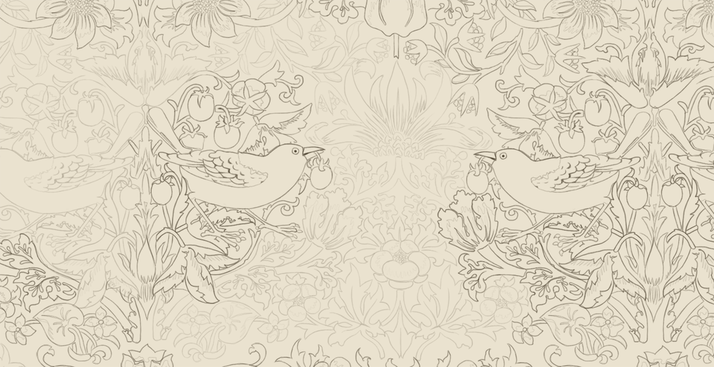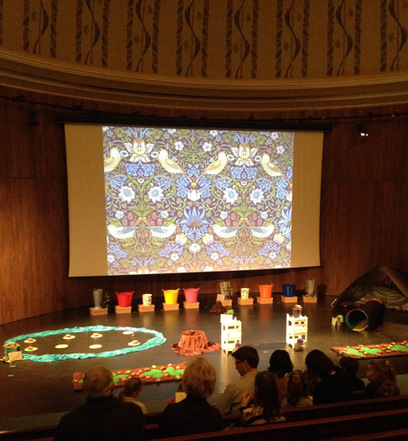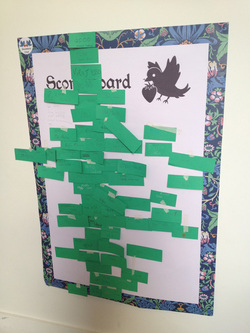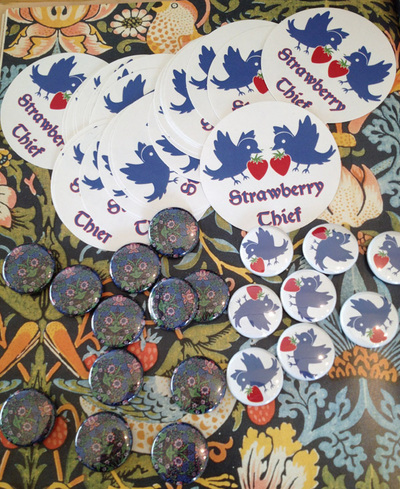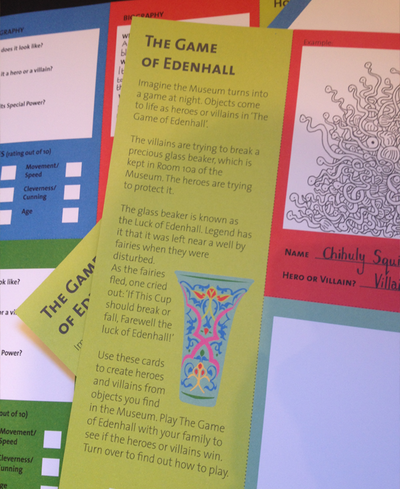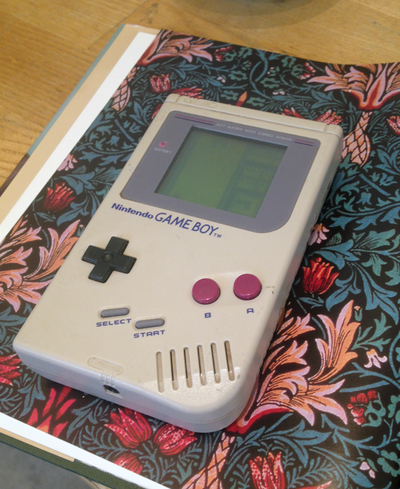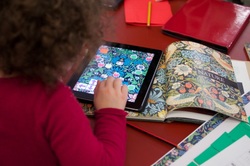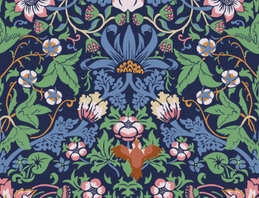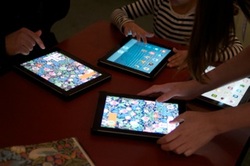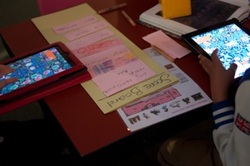We have recently added some exciting features to the game ready for Protoplay in a few weeks time. In the video you can see some of the new backgrounds for the game, and see how the levels transition. We have also added a new way to move the bird by simply drawing a line, although this still needs to her perfected.
Here is a preview of our game logo and main menu:
Here is a preview of our game logo and main menu:

